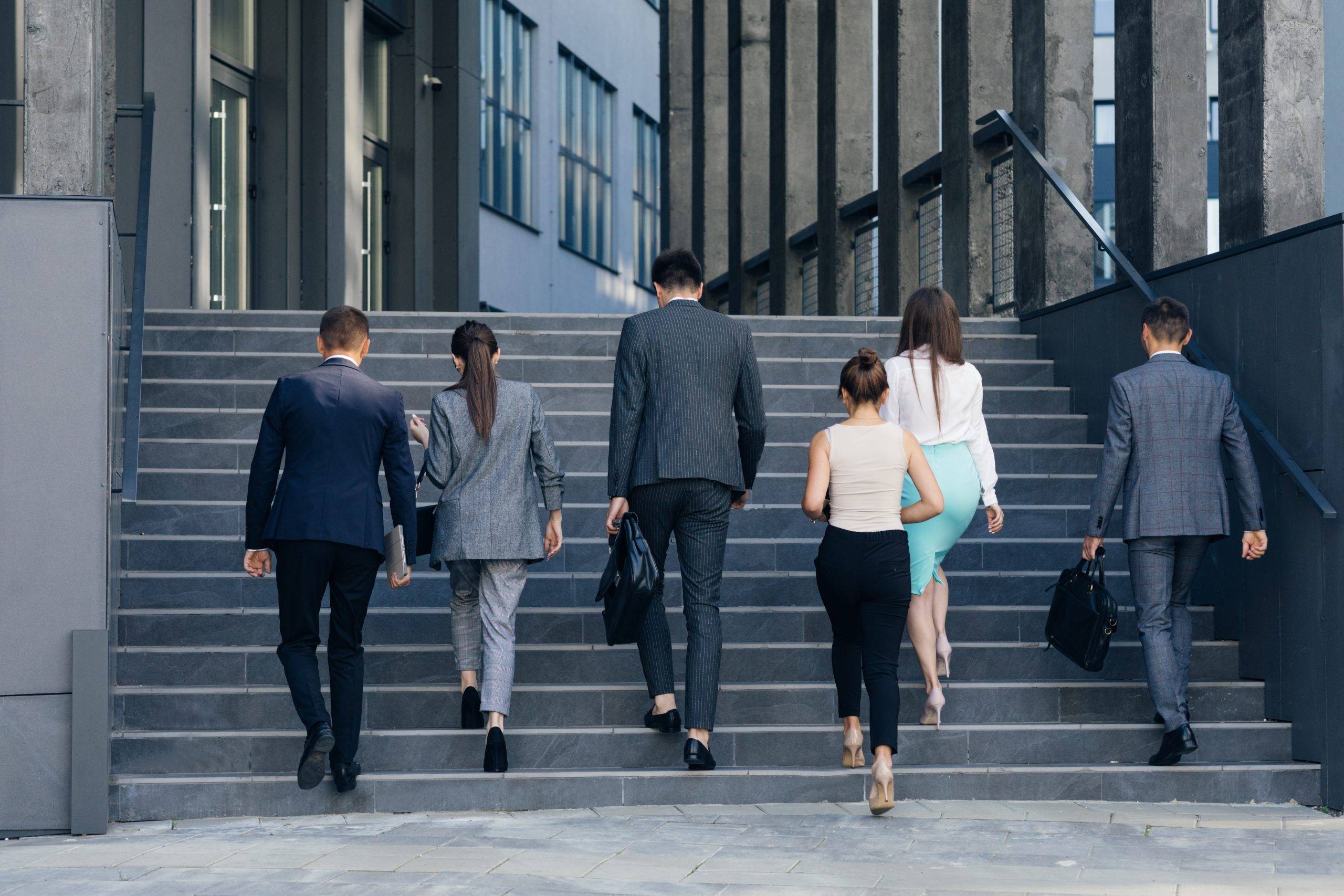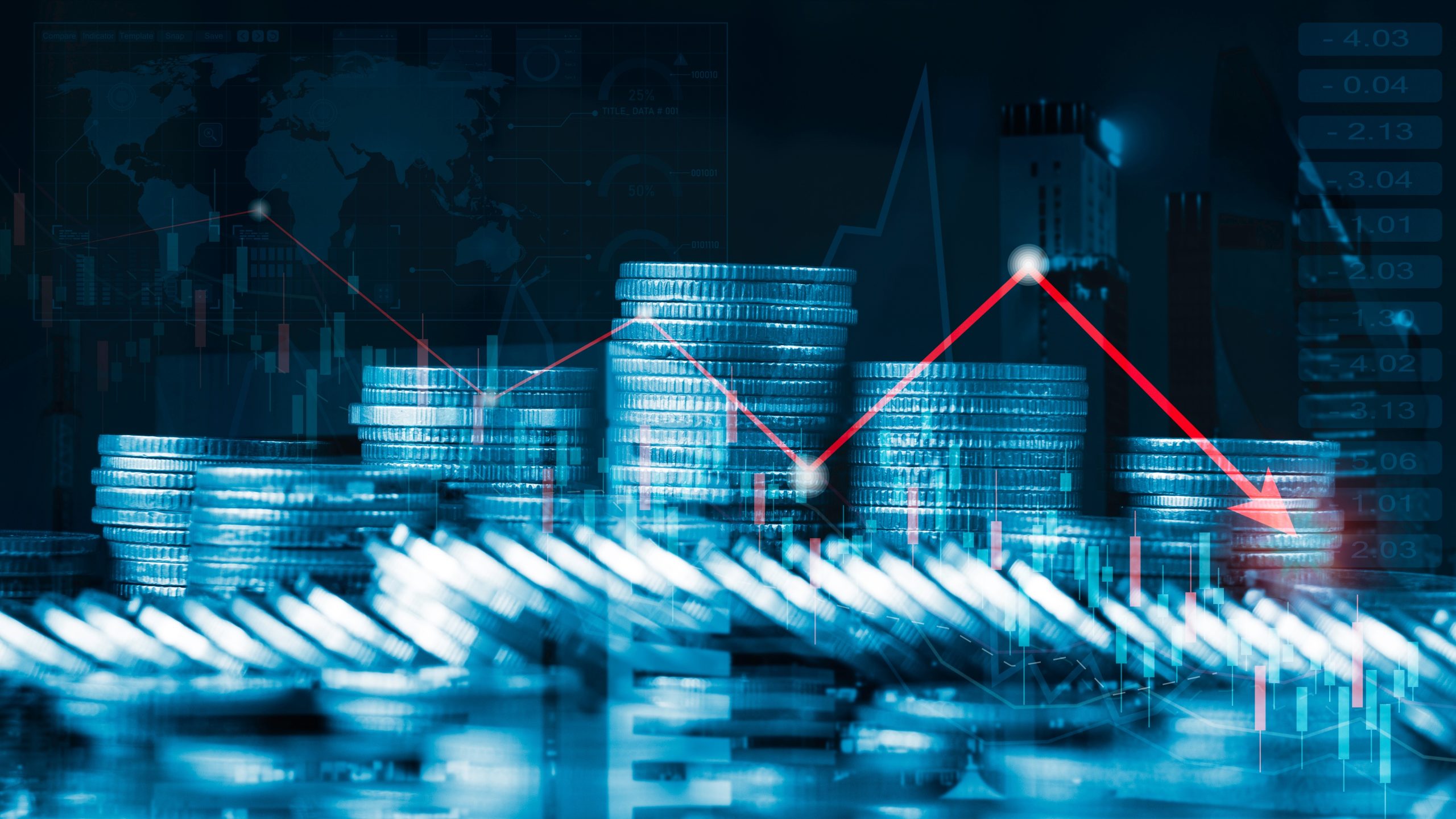Why Cheap Toilet Paper Sets Off Alarm Bells Among Some Investors
Companies selling everyday goods say lower-income consumers are struggling, but better-off households are spending freely
Sellers of everyday consumer goods are experiencing a growing divide in their customer base between the more and less affluent. How they respond depends in part on where their products sit in the pecking order.
Both packaged-food companies and makers of household goods such as cleansers and paper towels are describing a bifurcation whereby higher-income consumers are spending freely, but those with lower incomes are feeling increasingly pinched by the cumulative impact of years of inflation.
“I think there’s certainly been much more bifurcation of the market, and it’s been creeping up over time. I wouldn’t say it’s been a sudden change,” Bank of America analyst Anna Lizzul said in an interview. Companies that are more exposed to low-income consumers “have mentioned the word bifurcation many times over the last 12 months,” she added.

Yet things appear to have come to a head recently. For food companies in particular, discounts and promotions are now back on the table after years of price increases—a significant concern for their investors. General Mills , during its latest quarterly earnings conference call, said it would step up coupon offerings in the current fiscal year and described the intensity of promotions in the industry as back to pre-Covid levels. The company’s stock fell 4.8% in response.
But for those targeting better-off households, the imperative is to keep investing and innovating to continuously improve their products, justifying still-higher prices in a process referred to as premiumisation.
This has long been the strategy of Procter & Gamble , which tends to occupy the premium tier of the categories in which it operates, from Gillette razors to Bounty paper towels. “The consumer within our categories, the consumer that represents our consumption base is actually holding up very well,” P&G Chief Financial Officer Andre Schulten said at an investor conference in June.
Most consumer-staples companies, however, have products targeting various income levels. General Mills, for instance, boasts organic Annie’s mac and cheese and high-end Blue Buffalo pet food among its brands. Kimberly-Clark competes with P&G at the high end in many categories, while also offering value-tier brands such as Scott toilet paper and paper towels.
The premium tier of products “continues to grow very, very robustly,” Kimberly-Clark Chief Executive Michael Hsu said on the company’s first-quarter conference call in April. “That all said, clearly, I would say, middle- to lower-income households look like they are becoming more stretched.”
“I think the growth driver for us over the long term is by making products better, premiumising, elevating our categories. But we want to serve the value-oriented consumer as well, too,” Hsu said.
Compared with P&G and Kimberly-Clark, Clorox stands out as more exposed to low-income consumers thanks to the categories it plays in, such as cleansers that face more competition from private-label goods, said Bank of America’s Lizzul. This is the case even though Clorox too often occupies the higher end of those categories, such as with its Glad-brand trash bags.
The company “is returning to pre-COVID levels of promotion to support a return to volume growth,” she wrote in a recent note. While much of that promotion spending will go to things such as displays as well as discounts, she still sees it having an impact on pricing and sales mix in the near term. Many other companies in the household-goods space are preferring for now to spend on stepped-up marketing and other investments in their brands instead of discounts, she said.

To be sure, lower-income American households are in aggregate still better off than they were before the pandemic, even accounting for inflation. Goldman Sachs forecasts that real, inflation-adjusted incomes for the bottom 20% will rise 1.8% this year. They also expect the top 20% to earn 2.7% more. At the same time, cash cushions built up during the pandemic have declined. The percentage of Americans who say they have enough cash to cover an unexpected $400 expense fell to 63% in 2023, equivalent to 2019 but down from 68% in 2021, according to Federal Reserve surveys.
Among those living paycheck to paycheck, there have been other shocks as well. Notably, the expiration of higher pandemic-related Supplemental Nutrition Assistance Program benefits in March 2023 hit the food budgets of certain households by hundreds of dollars a month. Speaking on an earnings conference call in April, Nestlé CFO Anna Manz said that benefit change plus years of cumulative inflation had together reduced the purchasing power of lower-income American households by about 50% as of the first quarter.
“Now those are the consumers that predominantly buy in the frozen-food category, which is why we see a continued ongoing impact there,” Manz said. The Swiss food company owns frozen brands such as DiGiorno, Stouffer’s and Lean Cuisine. In its first-quarter earnings report , it said real internal growth, its measure of underlying sales volume, fell 5.8% year-to-year in North America, “primarily driven by a decline in frozen food.”
Yet even here, the company expects product innovation to be part of the solution. “There’s a lot to come, particularly on frozen actually, which is a high-innovation category. Consumers like seeing new stuff coming through; they want new meals,” Manz said.
Over time, premiumisation is a fundamental growth driver for all consumer-staples companies. The unit volume growth of diapers, for instance, is essentially just a function of birth rates. Only by making them better over time and charging more for that improvement can companies really drive revenue growth.
When lower-income consumers are feeling pressured, however, that long-term imperative might conflict to a degree with near-term necessities. So while it is understandable that companies often say they prefer to invest in marketing and innovation, many will also capitulate on price.
Investors could punish them for that.
 Copyright 2020, Dow Jones & Company, Inc. All Rights Reserved Worldwide. LEARN MORE
Copyright 2020, Dow Jones & Company, Inc. All Rights Reserved Worldwide. LEARN MORE
This stylish family home combines a classic palette and finishes with a flexible floorplan
Just 55 minutes from Sydney, make this your creative getaway located in the majestic Hawkesbury region.
Impact investing is becoming more mainstream as larger, institutional asset owners drive more money into the sector, according to the nonprofit Global Impact Investing Network in New York.
In the GIIN’s State of the Market 2024 report, published late last month, researchers found that assets allocated to impact-investing strategies by repeat survey responders grew by a compound annual growth rate (CAGR) of 14% over the last five years.
These 71 responders to both the 2019 and 2024 surveys saw their total impact assets under management grow to US$249 billion this year from US$129 billion five years ago.
Medium- and large-size investors were largely responsible for the strong impact returns: Medium-size investors posted a median CAGR of 11% a year over the five-year period, and large-size investors posted a median CAGR of 14% a year.
Interestingly, the CAGR of assets held by small investors dropped by a median of 14% a year.
“When we drill down behind the compound annual growth of the assets that are being allocated to impact investing, it’s largely those larger investors that are actually driving it,” says Dean Hand, the GIIN’s chief research officer.
Overall, the GIIN surveyed 305 investors with a combined US$490 billion under management from 39 countries. Nearly three-quarters of the responders were investment managers, while 10% were foundations, and 3% were family offices. Development finance institutions, institutional asset owners, and companies represented most of the rest.
The majority of impact strategies are executed through private-equity, but public debt and equity have been the fastest-growing asset classes over the past five years, the report said. Public debt is growing at a CAGR of 32%, and public equity is growing at a CAGR of 19%. That compares to a CAGR of 17% for private equity and 7% for private debt.
According to the GIIN, the rise in public impact assets is being driven by larger investors, likely institutions.
Private equity has traditionally served as an ideal way to execute impact strategies, as it allows investors to select vehicles specifically designed to create a positive social or environmental impact by, for example, providing loans to smallholder farmers in Africa or by supporting fledging renewable energy technologies.
Future Returns: Preqin expects managers to rely on family offices, private banks, and individual investors for growth in the next six years
But today, institutional investors are looking across their portfolios—encompassing both private and public assets—to achieve their impact goals.
“Institutional asset owners are saying, ‘In the interests of our ultimate beneficiaries, we probably need to start driving these strategies across our assets,’” Hand says. Instead of carving out a dedicated impact strategy, these investors are taking “a holistic portfolio approach.”
An institutional manager may want to address issues such as climate change, healthcare costs, and local economic growth so it can support a better quality of life for its beneficiaries.
To achieve these goals, the manager could invest across a range of private debt, private equity, and real estate.
But the public markets offer opportunities, too. Using public debt, a manager could, for example, invest in green bonds, regional bank bonds, or healthcare social bonds. In public equity, it could invest in green-power storage technologies, minority-focused real-estate trusts, and in pharmaceutical and medical-care company stocks with the aim of influencing them to lower the costs of care, according to an example the GIIN lays out in a separate report on institutional strategies.
Influencing companies to act in the best interests of society and the environment is increasingly being done through such shareholder advocacy, either directly through ownership in individual stocks or through fund vehicles.
“They’re trying to move their portfolio companies to actually solving some of the challenges that exist,” Hand says.
Although the rate of growth in public strategies for impact is brisk, among survey respondents investments in public debt totaled only 12% of assets and just 7% in public equity. Private equity, however, grabs 43% of these investors’ assets.
Within private equity, Hand also discerns more evidence of maturity in the impact sector. That’s because more impact-oriented asset owners invest in mature and growth-stage companies, which are favored by larger asset owners that have more substantial assets to put to work.
The GIIN State of the Market report also found that impact asset owners are largely happy with both the financial performance and impact results of their holdings.
About three-quarters of those surveyed were seeking risk-adjusted, market-rate returns, although foundations were an exception as 68% sought below-market returns, the report said. Overall, 86% reported their investments were performing in line or above their expectations—even when their targets were not met—and 90% said the same for their impact returns.
Private-equity posted the strongest results, returning 17% on average, although that was less than the 19% targeted return. By contrast, public equity returned 11%, above a 10% target.
The fact some asset classes over performed and others underperformed, shows that “normal economic forces are at play in the market,” Hand says.
Although investors are satisfied with their impact performance, they are still dealing with a fragmented approach for measuring it, the report said. “Despite this, over two-thirds of investors are incorporating impact criteria into their investment governance documents, signalling a significant shift toward formalising impact considerations in decision-making processes,” it said.
Also, more investors are getting third-party verification of their results, which strengthens their accountability in the market.
“The satisfaction with performance is nice to see,” Hand says. “But we do need to see more about what’s happening in terms of investors being able to actually track both the impact performance in real terms as well as the financial performance in real terms.”
This stylish family home combines a classic palette and finishes with a flexible floorplan
Just 55 minutes from Sydney, make this your creative getaway located in the majestic Hawkesbury region.






















